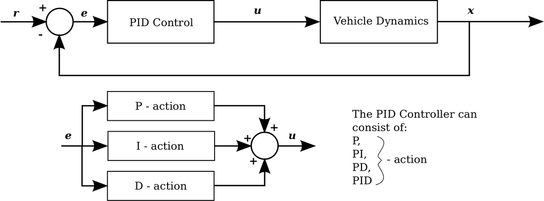

Right-click on the Step Response Graph output of the CD Step Response VI and select Create»Indicator.The polymorphic instance of the CD Step Response VI will automatically change to TF. Wire the Transfer Function Model output of the CD Construct Special TF VI to the State-Space Model input of the CD Step Response VI.The polymorphic instance of the CD Step Response VI will show SS for state space but this will change after the next step. Navigate to Control Design & Simulation✼ontrol Design»Time Response and drag the CD Step Response VI onto the block diagram.On the block diagram, wire the Damping Ratio and the Natural Frequency slides to the Damping Ratio and Natural Frequency inputs respectively of the CD Construct Special TF VI.Change the maximum number for the Natural Frequency slide to 5. On the front panel, click on the maximum number for the Damping Ratio slide and change it to 1.Follow the same procedure to create another slide and make its name Natural Frequency. While the name of the slide is highlighted, change it to Damping Ratio. Navigate to Modern»Numeric»Horizontal Pointer Slide and drag a Horizontal Pointer Slide onto the front panel. On the front panel, right-click to display the Controls palette.

The second order model can be used to describe a mass-spring-damper system or an RLC circuit. Left-click on the polymorphic VI selector of the CD Construct Special TF Model VI in the block diagram and select 2nd Order Model. Right-click on the block diagram and navigate to Control Design & Simulation✼ontrol Design»Model Construction and drag the CD Construct Special TF Model VI onto the block diagram.Control System Analysis With Graphical LabVIEW


 0 kommentar(er)
0 kommentar(er)
